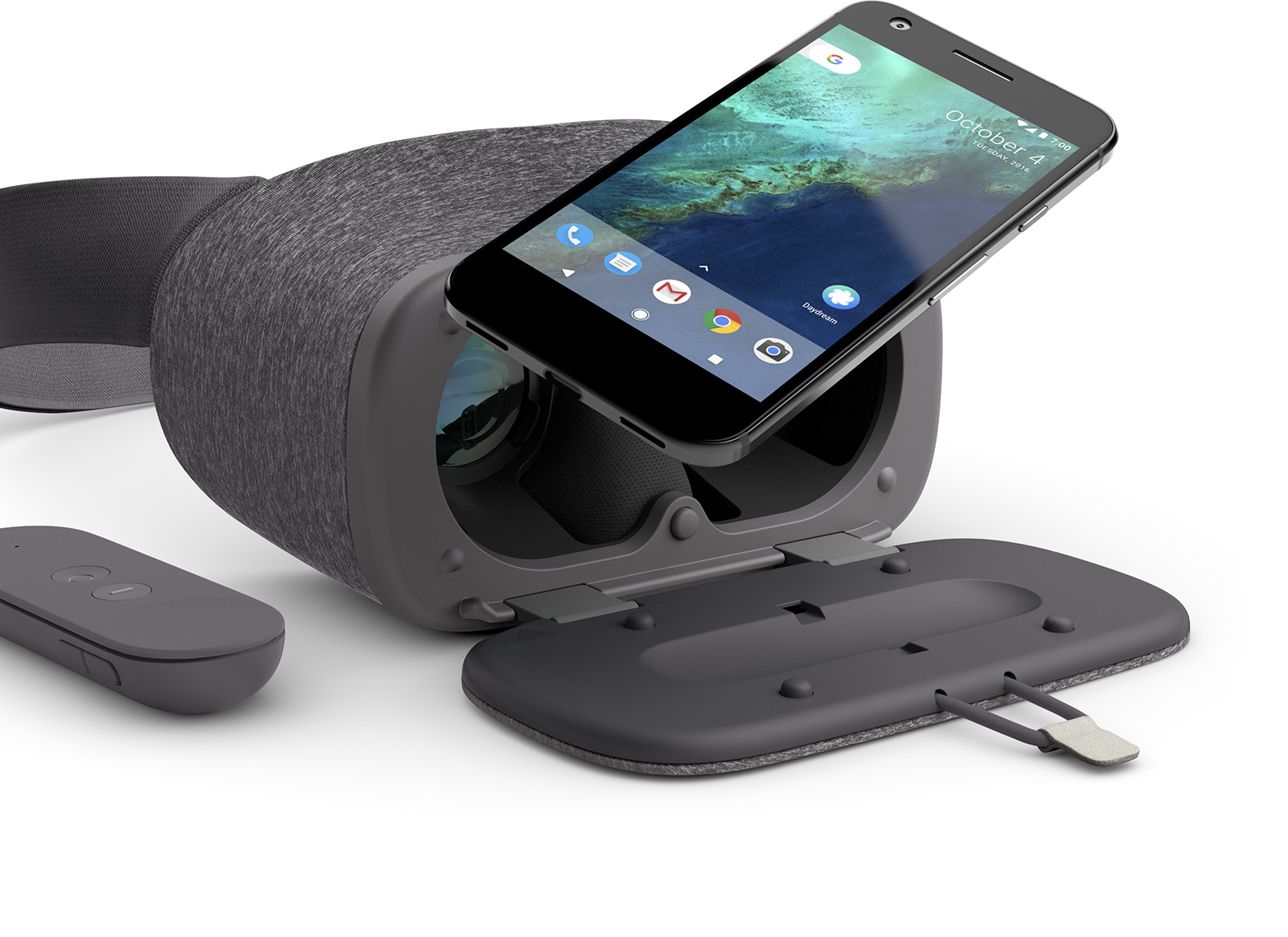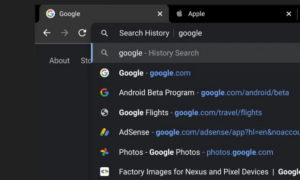By the end of 2017, there will be 11 Android Phones supporting Google’s Daydream VR platform. The news was broke by Google CEO and Alphabet board member Sundar Pichai during a conference call with investors.
Daydream VR turns a compatible smartphone into a standalone virtual reality system bu using a headset to hold the device and a touch controller for interaction. What’s the difference between this and HTC Vive or Oculus Rift?
Besides the fact it’s destined for smartphones and not PC-tethered, reviewers say it’s also light and comfortable to wear. It’s a huge step-up from Google’s Cardboard, being made from a mix of plastic and breathable fabric like the type used for sports shirts. Daydream VR is also built in collaboration with HTC Vive, virtual reality market leader, and Lenovo, trusted partner with top experience in mobile and computing.
As for the virtual experiences it offers, check out the current offer – from Rayman’s Raving Rabbids to exploring the galaxy or reading The New York Times, the line-up is varied and caters to a wide gamut of interests.
Right now, Daydream VR options on the market are limited to Google’s own Pixel devices, Huawei Mate 9 Pro and Porsche Design Mate 9, Zenforce AR from Asus, Axon 7 from ZTE and Motorola’s Mate Z.
Seeing how Pichai revealed that 11 new Android phones are hitting the market, it’s safe to say we’ll see more than the Pixel lineup this fall.
Still a fan of iPhone and want an alternative? Check out ARKit from Mira, compatible with iPhone 6 and newer models.
As for other Alphabet news, during the same investor call Pichai revealed 26 billion in revenue across the group’s companies, a 21% increase from the same quarter last year. It seems the 2.7 billion fine from the European Union was just a drop in a bucket.
Follow TechTheLead on Google News to get the news first.























